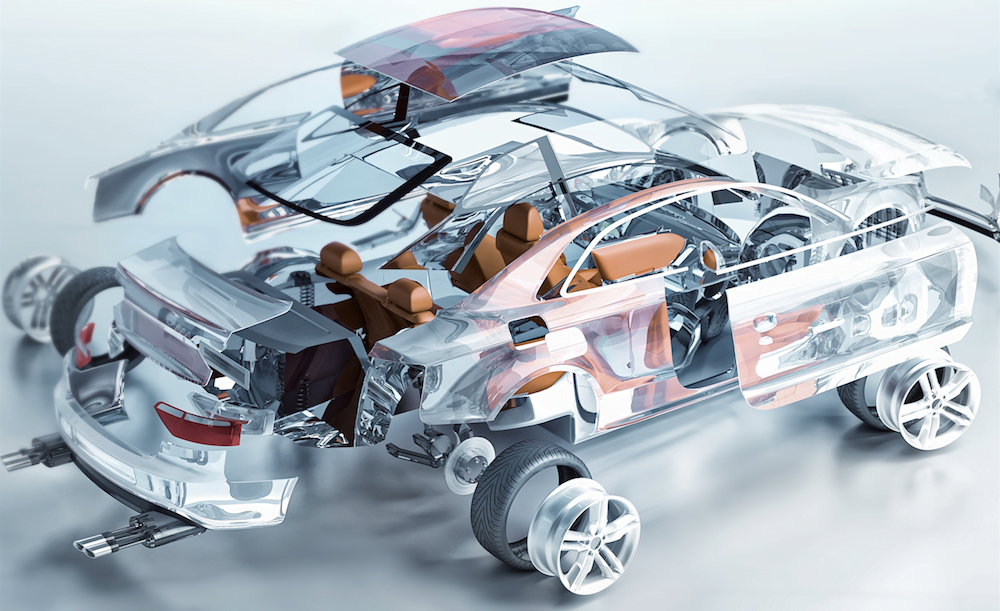1. Non-invasive Brain-Computer Interfaces (BCIs) – These BCIs allow users to communicate with devices without the need for invasive surgeries. This development is an essential milestone, as it reduces the risks and costs involved in brain augmentation technologies. Non-invasive BCIs enable researchers to investigate the brain’s functionality without the need for surgery.
2. Brain-Machine Interfaces (BMIs) – BMIs help translate neuronal activity into machine language or stimuli. For instance, in a Stroke Rehabilitation System, an EEG senses the participant’s movements and sends the signals to a computer as input, which operates a prosthesis or sends commands to an exoskeleton.
3. Brain-to-Brain Interfaces – These allow multiple individuals to communicate through their brains directly. In particular, Brain-to-Brain Interfaces (BBIs) use EEG to transfer information between two individuals. In a BBI setup, each person wears an EEG, and the signals are transmitted, decoded and fed to the other person’s EEG.
4. Haptics and robotic prosthetics – These enable amputees to control prosthetics with their minds. In a study, an amputee was placed in an MRI scanner and asked to think about hand movements. This information was transferred to a robotic hand to replicate the amputee’s hand movements.
5. Neural implants and stimulators – These devices directly alter brain functionality. They work by stimulating or inhibiting specific regions of the brain to affect behavioural outcomes. For instance, deep brain stimulation (DBS) is used to alleviate the symptoms of Parkinson’s.
6. Neuroinformatics – Neuroinformatics involves the collection, archiving, analysis, and sharing of neuroimaging databases. It covers both structural and functional data. The primary goal of neuroinformatics is to support the development of brain-computer interface-related algorithms, visualization, statistical analysis, etc.
7. Virtual Reality (VR) neurofeedback/therapy – This technology involves designing virtual environments through which patients interact to receive feedback. For example, a VR neurofeedback system may provide real-time feedback on relaxation techniques, stress reduction, or positive coping strategies.
8. Optogenetics – This technology uses light-sensitive proteins to control the neurons within the brain. The proteins are incorporated into genetically engineered cells, which can then be stimulated using light of a particular frequency, resulting in neuron firing. It is one of the most powerful manipulation techniques in neuroscience.
9. Microelectrodes – Microelectrodes can measure the electrical and chemical activity of individual brain cells. They can help neuroscientists understand network behaviour, cell physiology, and information processing across different brain regions.
10. Brain-inspired computing – Brain-inspired computing or neuromorphic computing systems are models that are based on the structure and behaviour of neurons found in the brain. These systems can be used to improve machine learning, speech recognition, image recognition, etc.




